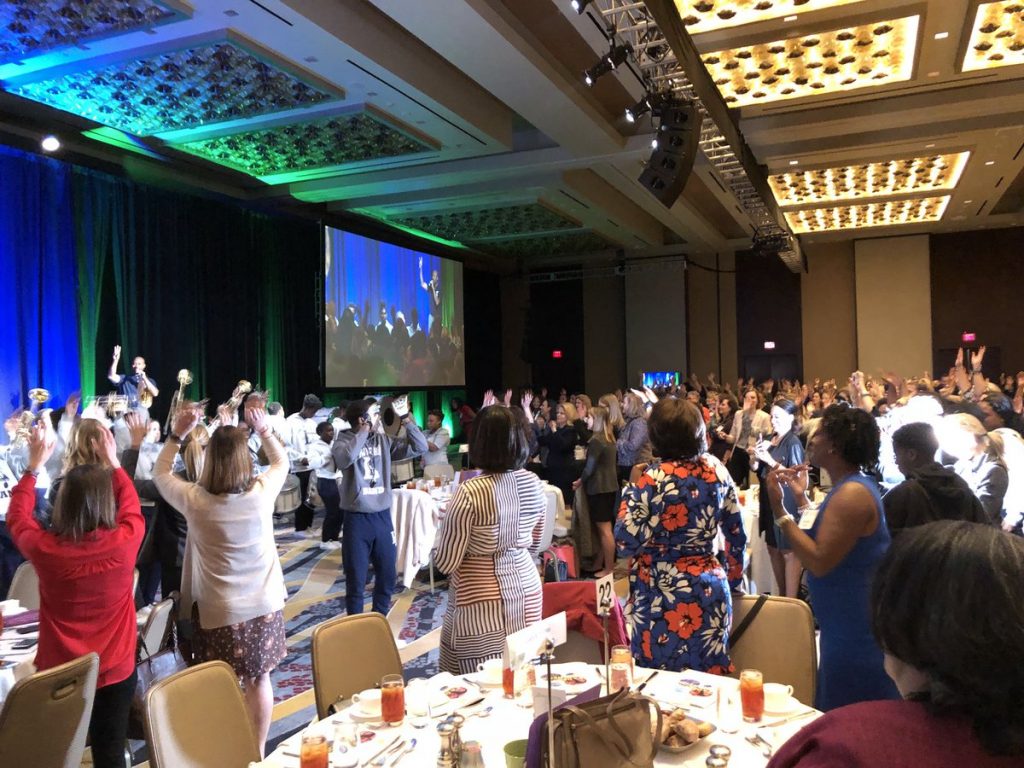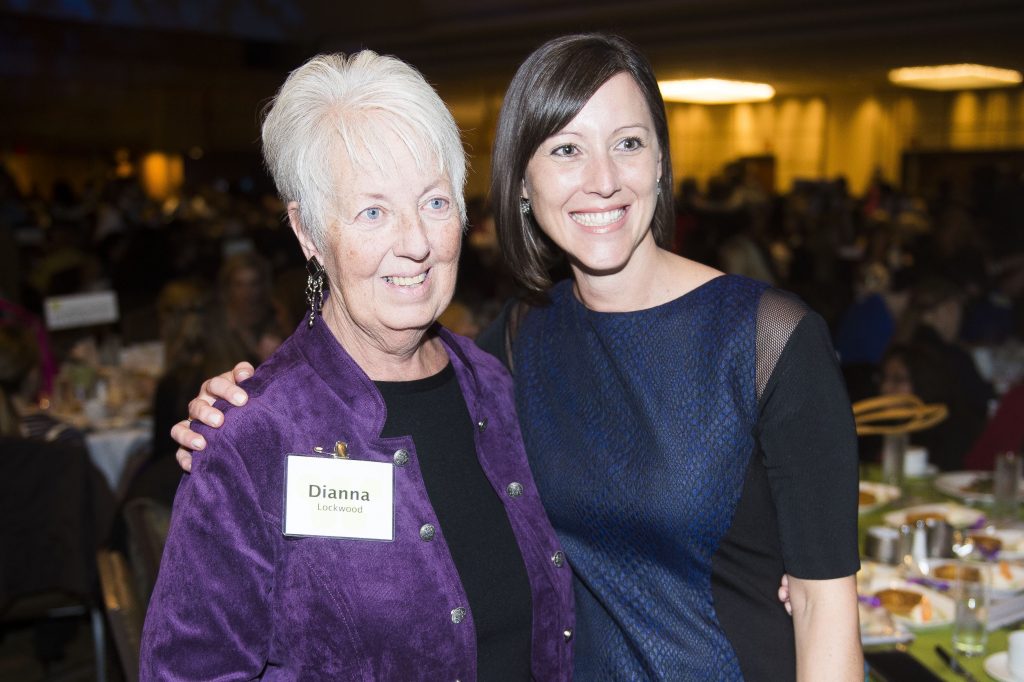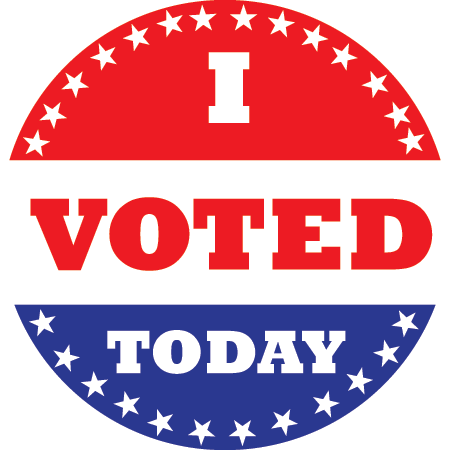
Recap: Washington Area Women’s Foundation 20th Anniversary Luncheon
Washington Area Women’s Foundation hosted its annual Leadership Luncheon on October 30, celebrating 20 years and raising over $877,000. The Foundation honored youth activist




